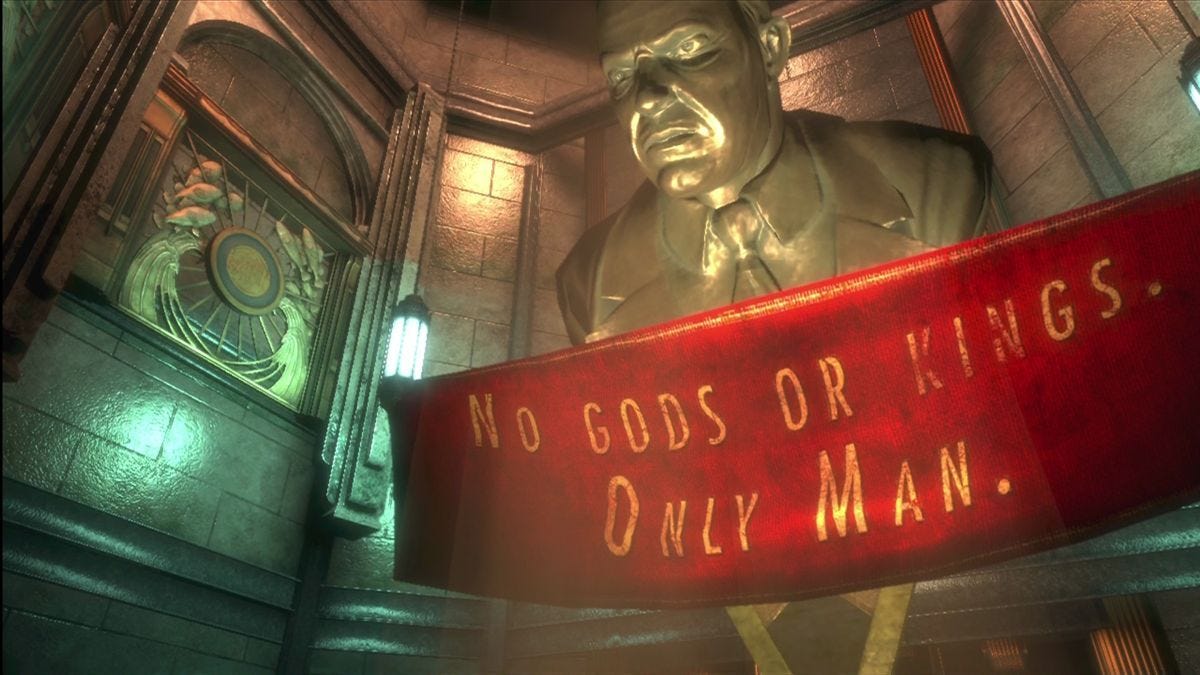Unlocking Genius: Why Corridor Games like BioShock excel in Storytelling

The Value of Corridor Game Design: Why We’re Losing a Vital Gaming Experience
In a recent interview with Games Industry.biz, Ken Levine referred to his most famous game, BioShock, as "a very, very long corridor." He made this comment to distinguish the game from his current project, the science fiction FPS Judas, which he emphasized is being designed "very, very differently." Levine’s desire to create a game that reflects players’ agency led him to question the value of corridor game design. I’d like to argue that, on the contrary, corridor games have a unique value that’s worth preserving.
So, what does Levine and, indeed, everyone else, mean by a "corridor"? It’s the concept that there’s only one core route through a game, a pre-determined path that all players must follow, with limited freedom to choose their own direction. Looking back from our current era of dominant open-world games, this design approach can seem restrictive and limiting. However, I believe we’re losing a valuable gaming experience by abandoning corridor design in favor of open-world gameplay.
To understand the value of corridors, let’s first examine some examples of corridor games that have been successful. Games like Half-Life 2, Deus Ex, Quake 2, and Dishonored are often cited as some of the best games of all time, and they all feature corridor-based gameplay to varying degrees. Corridor design is not inherently bad; it’s about how well the game is executed.
In fact, corridor design can be incredibly effective in certain genres, such as the first-person shooter. Games like BioShock, which we’ll discuss in more detail later, use corridor design to create a sense of tension and unease, drawing the player into the game world.
The Power of Corridor Games
Corridor games offer a unique experience that’s often missing from open-world games. When playing a corridor game, you’re not just exploring a vast, open world; you’re being guided through a carefully crafted narrative. The designer has control over the pacing, the flow, and the experience, and the player is along for the ride. This can be incredibly effective in creating a sense of immersion and engagement.
In particular, corridor games can excel at creating narrative-driven experiences. By guiding the player through a pre-determined path, the designer can create a sense of inevitability, making each scene feel like a deliberate, scripted moment. This can be incredibly powerful, as we’ll see in our example from BioShock.
BioShock: A Masterclass in Corridor Game Design
BioShock, released in 2007, is often cited as one of the best games of all time. Its corridor design is a crucial aspect of its success. The game is set in the underwater city of Rapture, where the player’s character, Jack, must navigate through a series of predetermined levels to uncover the city’s dark secrets. The game’s use of corridor design is masterful, creating a sense of tension and unease as the player progresses through the game.
The game’s corridor design is not just about creating a sense of linearity, but about guiding the player through a carefully crafted narrative. Each scene is carefully scripted, with the designer controlling the pace and flow of the game. This creates a sense of inevitability, making each moment feel deliberate and meaningful.
Conclusion: Preserving the Value of Corridor Game Design
In conclusion, corridor game design is not something to be dismissed as old-fashioned or limiting. In fact, when done well, it can be incredibly effective in creating engaging, narrative-driven experiences. While open-world games have their place, corridor games offer a unique value that’s worth preserving. Let’s not throw the baby out with the bathwater; let’s learn from the best corridor games of the past and create innovative, immersive experiences for the future.
Here are some key takeaways:
- Corridor game design is not inherently bad; it’s about how well the game is executed.
- Corridor games can create a sense of immersion and engagement by guiding the player through a pre-determined path.
- Corridor design can be powerful in creating narrative-driven experiences, particularly in genres like first-person shooters.
- BioShock is a masterclass in corridor game design, showcasing the potential of this design approach.
In the next article, we’ll explore some of the best corridor games in more detail, examining what makes them tick and how they successfully use corridor design to create engaging experiences.






